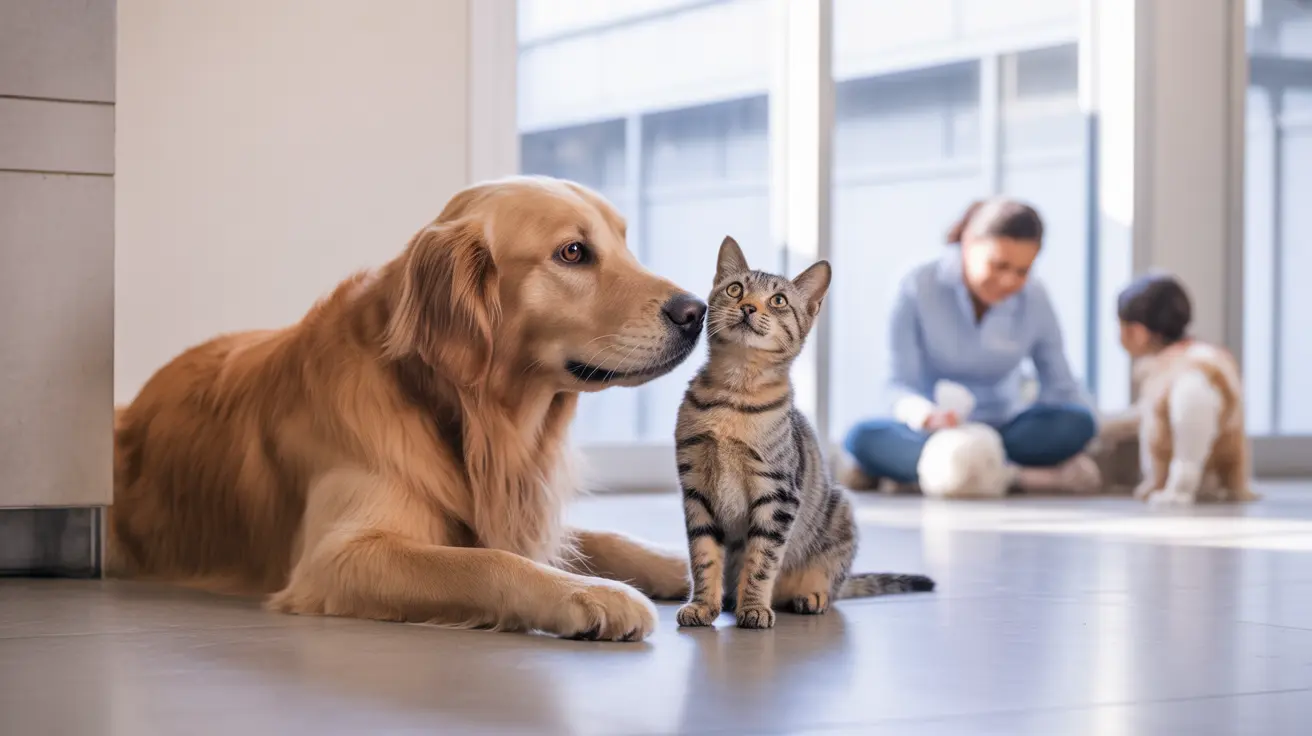Why Cats Prefer High Places: Understanding Feline Behavior
Anyone who has ever owned a cat knows that felines are often found perched on top of bookshelves, cabinets, or even refrigerators. This curious behavior sparks the question: why do cats like high places? Understanding this preference can help cat owners enrich their pet’s environment and ensure its comfort and well-being.
The Instinctual Nature of Cats
Cats are natural climbers. Their ancestors, both big and small, used elevation both as a means of survival and dominance. Being elevated protects felines from ground-based predators while giving them a wide field of vision to stalk or ambush prey.
Reasons Why Cats Prefer High Places
- Safety and Security: High vantage points offer cats a safe retreat where they can relax without feeling threatened.
- Better View of Territory: Cats are territorial animals. From a higher position, they can observe and monitor their environment more efficiently.
- Instinctive Hunting Behavior: Wild cats use elevations to track prey. Domestic cats retain these instincts, and being higher allows them to act on them.
- Avoiding Stressors: Busy households with children or other pets can stress a cat. Elevated areas provide a peaceful escape from noise and activity.
- Establishing Dominance: In multi-cat households, perched positions often signify the social hierarchy. The higher the spot, the more dominant the cat typically is.
Common High Places Cats Love
Cats are creative when it comes to scaling heights. Some favorite elevated spots include:
- Closet shelves
- Window sills
- Curtains and curtain rods
- Top of the refrigerator
- Bookshelves
- Cat trees or towers
How to Safely Satisfy Your Cat's Climbing Needs
While cats love heights, ensuring safety is essential to prevent injury or property damage. Here are a few ways to create safer high spots:
- Invest in Cat Trees: Tall, multi-level cat trees offer vertical space specifically designed for feline activity.
- Install Cat Shelves: Wall-mounted shelves or climbing platforms allow cats to climb safely and explore vertically.
- Secure Loose Items: Prevent items from falling by stabilizing furniture and securing fragile objects that could be knocked off.
- Create Windowside Perches: Give your cat access to views and sunlight by placing cushions or shelves near windows.
When High Places Become a Problem
While climbing is natural, some behavior may be problematic:
- Excessive Hiding: If your cat constantly stays in high places, it may be due to stress or fear. Analyze their environment for threats or stressors.
- Dangerous Locations: Cats should be kept away from unstable areas where they could fall or knock over items, like kitchen cupboards with breakables.
- Accessing Hazardous Places: Keep doors closed or block access to off-limit areas, such as heating appliances or attic spaces.
Conclusion
Cats’ preference for high places is deeply rooted in their instincts. By providing them with safe and stimulating elevated spaces, cat owners can enhance their pets’ quality of life, address behavioral needs, and prevent accidents. Investing in cat-friendly vertical environments supports their mental and physical health—and keeps them happy.





